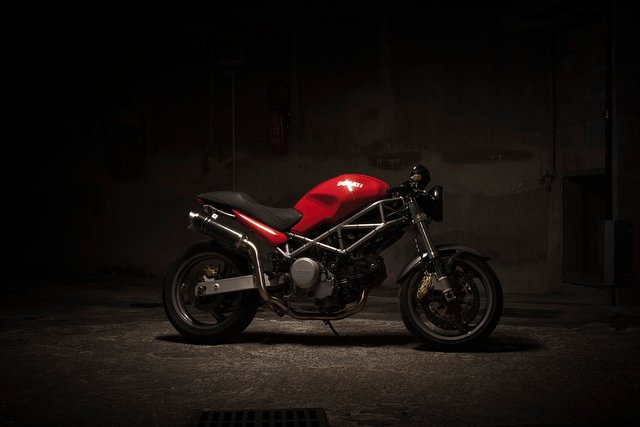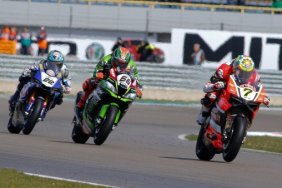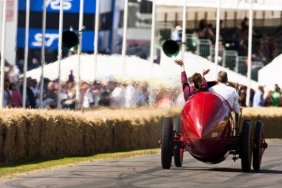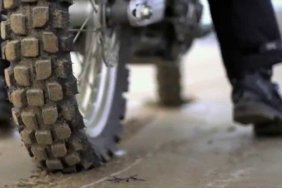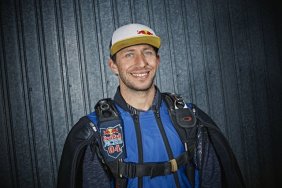
They’re distinctive bikes, with a stylish history. In fact, they were almost instantly vintage when they hit the scene in 1950’s London.
The name café racer was originally a derisive term used to describe kids who hung out in cafés and sped around on trim little motorbikes. They would hang out in transport cafés and wait until somebody else came by on a fast bike and challenged them for a race, and they all rushed outside to see who gets up the road the fastest. Onlookers would observe this behavior and dismiss the British hoodlum kids as not real racers, but “café racers.”
The kids loved the name, and adopted the persona.
Recognized for their sleek lines, Spartan appointments, and signature down turned, baton handlebars, the impact of the café racer on the motorcycle industry includes legendary high-performance motorcycles like Triumph’s Bonneville, Honda’s CB-750, and Kawasaki’s Z-1 have continued the sleek charm of the Cafe Racer.
The original café racers’ methods for tuning and designing their ordinary street bikes for power and handling have influenced the modern sport bike. But really, the café racer aesthetic is probably the most stylish of all bikes. Take for instance this Yamaha.
The café racer movement that took hold in London in the 1950s, has developed into a subculture encompassing a desire for speed as well as vintage flair.
The human side of the café racer was a perfect match for this type of motorcycle. The riders of these machines were young, and they wanted to go fast. The goal of many of the café racers during the 50s was the ability to hit a hundred miles an hour, better known as “the ton.”
One of the birthplaces of the café racer was London’s Ace Café. The Ace was one of many cafés that provided a gathering place for teenagers and their motorcycles in the 1950s and 60s. Devout motorcyclist Mark Wilsmore reopened the Ace Cafe in 1994.
Photo credit: Flickr CC
